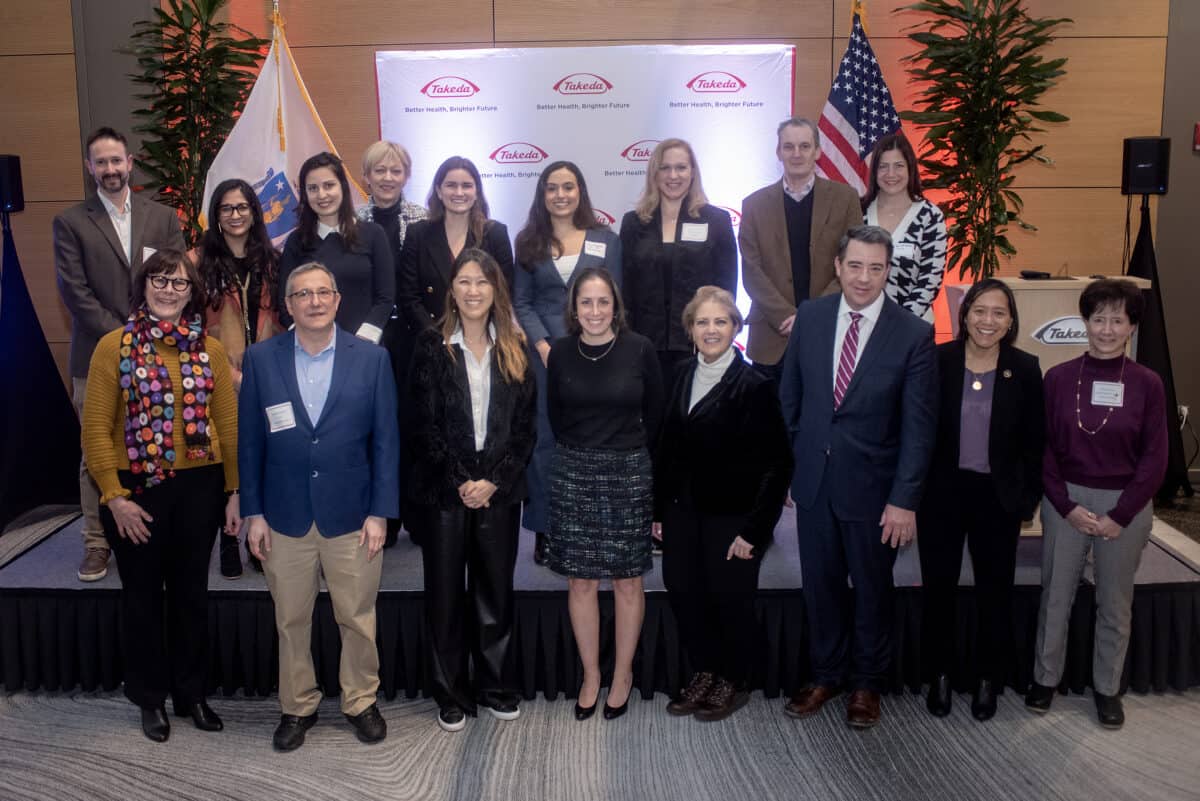
In January I had the pleasure of attending the Massachusetts Next Generation (MassNextGen) Initiative Awardees Announcement event at Takeda, where five companies were presented as recipients of over $500,000 worth of support (collectively). Driven by the Massachusetts Life Sciences Center and the Healey-Driscoll Administration with Takeda as the Anchor Platinum Sponsor, the initiative was launched to support underrepresented entrepreneurs in the Massachusetts life sciences sector.
One such entrepreneur is Samantha Johnson, Founder and CEO of Tatum Robotics, who presented the Tatum 1. The Tatum 1 is a robotic hand that outputs natural tactile sign language from mainstream communication media to provide DeafBlind individuals with their first independent communication tool of its kind. I was blown away by the ingenuity behind this and have enjoyed revisiting the company’s updates on social media ever since.
Reading Tatum’s LinkedIn post about the award, I was heartened to see the inclusion of Alt Text and was motivated to use this as a reminder of something we should all be doing at every opportunity, regardless of whether or not we have a product or service targeted at the DeafBlind community. If you want to be inclusive and ensure you have the best readership, you should be using Alt Text.
What is Alt Text and how should I be using it?
I have found Harvard University’s Digital Accessibility webpage on Alt Text to be an excellent entry point and source of information to understand the what, why and how of Alt Text. I encourage you to find ten minutes to look at all of the examples given on that webpage as well some of the links to other resources for those looking for a more in-depth look, but in the meantime see the basic principles below.
- Alt Text, also known as Alternative Text, is a way to describe in words any image included on a page
- This is an inclusive practice: The written text allows screen reader software to share what the image shows which may not be able to be seen by some, but also if the image fails to load then the text displayed in place of this allows everyone to know what it was
- It also increases the chance of search engine algorithms picking up your online content
- The Alt Text should be concise. Include less than 100 characters where possible
- The Alt Text included should describe the image within the context of the article or resource shared, adding useful information which can increase comprehension
- However, Alt Text doesn’t need to be a purely objective description of the image. Match the tone of the information being shared and include any details that bring the image to life e.g. “Standing on a podium the eight participants hold their winning trophies high into the air with broad smiles on their faces”
Many websites and social media platforms easily allow you to add Alt Text during the upload process. Explore each platform’s user guides, like LinkedIn’s help page, and begin to make adding Alt Text a habit for all the great content you look to publish.
For more information visit Harvard University’s Digital Accessibility webpage on Alt Text and reach out to inclusion@massbio.org to tell us what other inclusive practices you’re looking to implement.